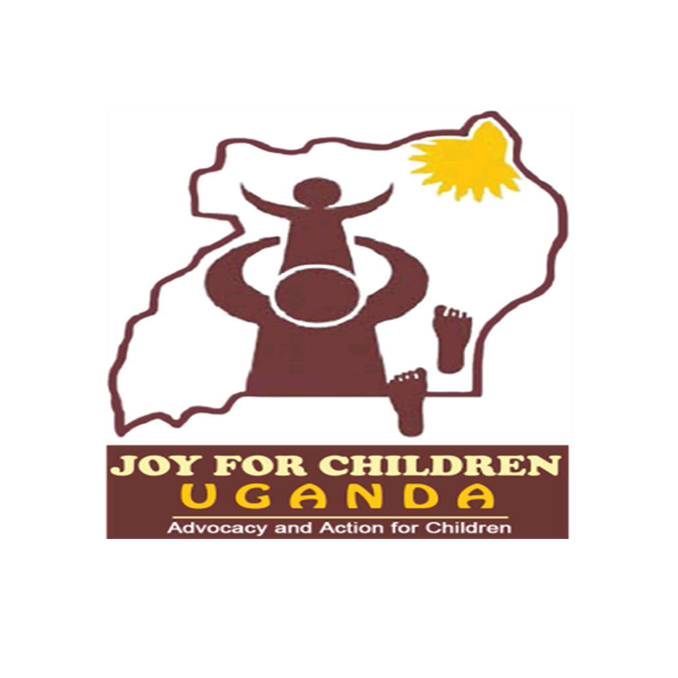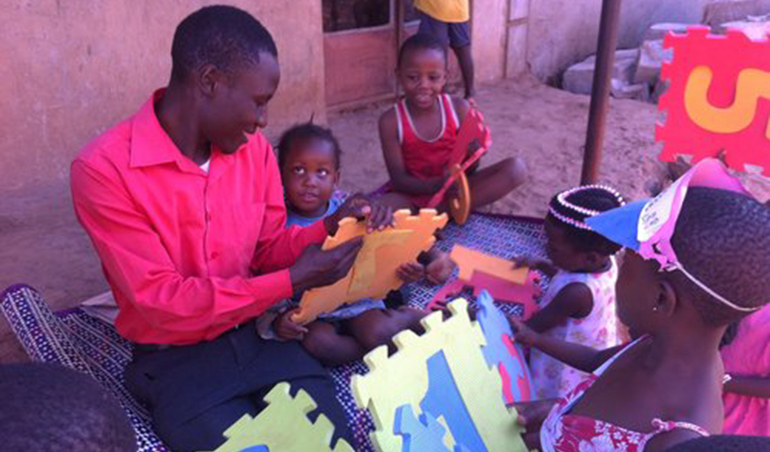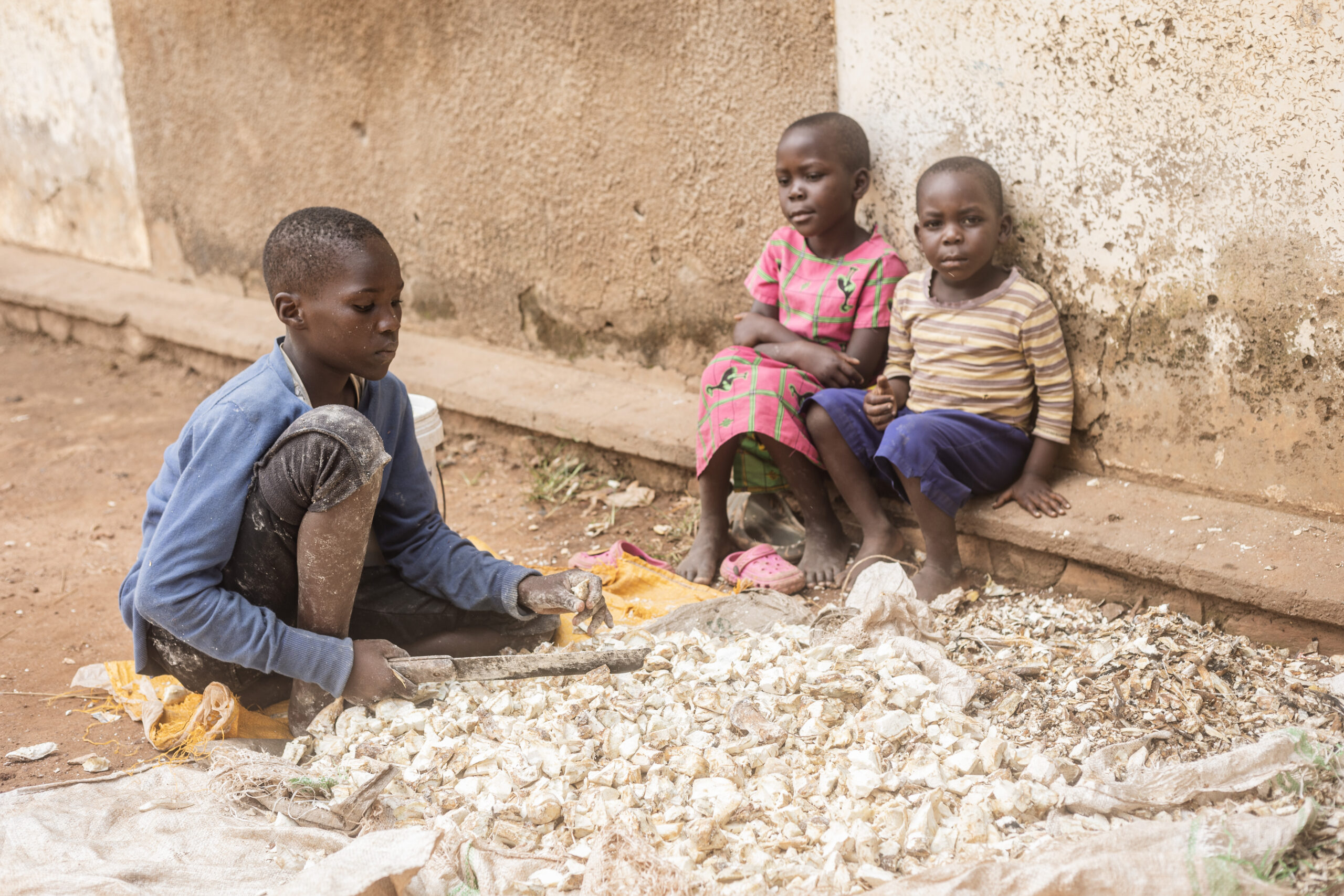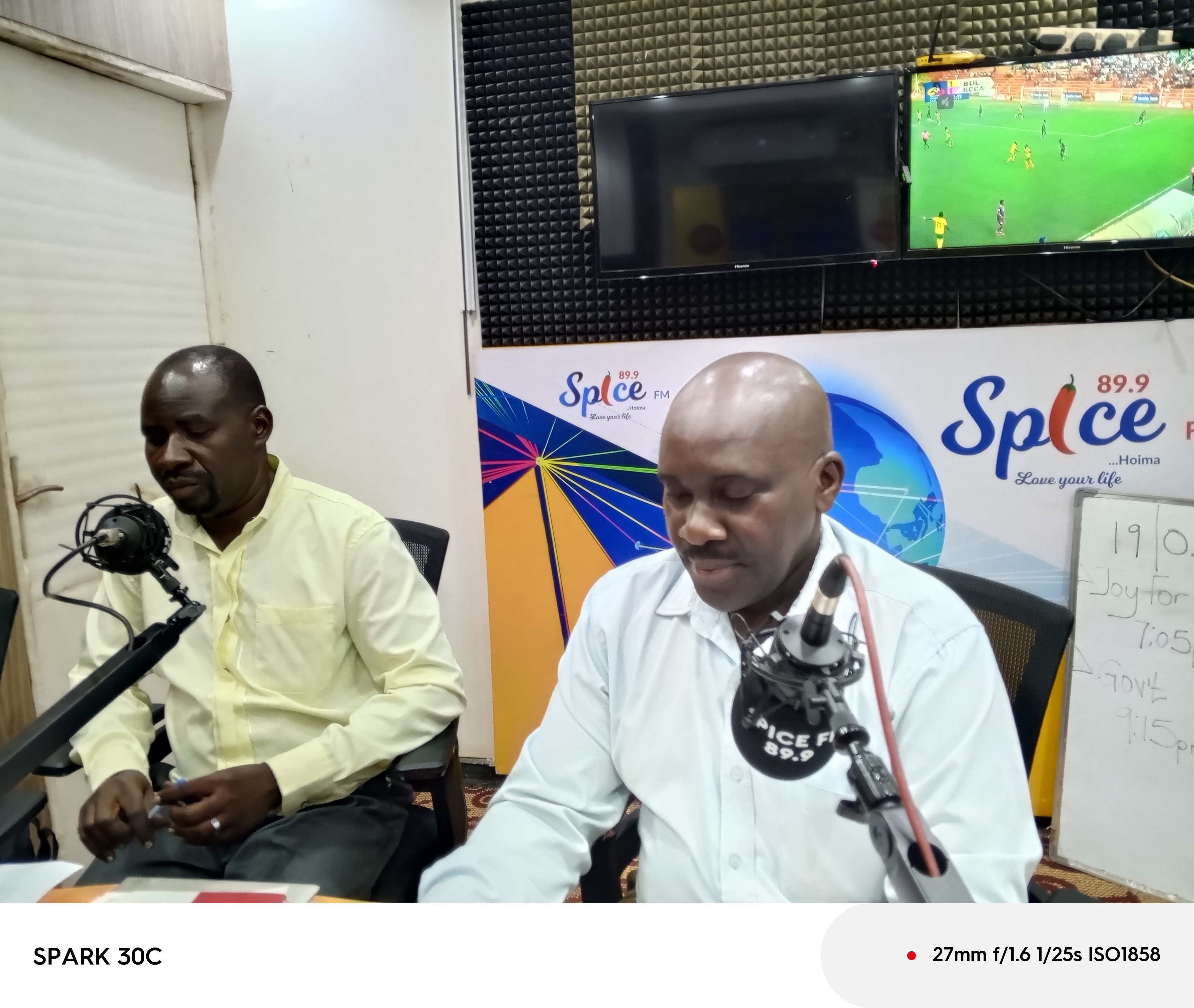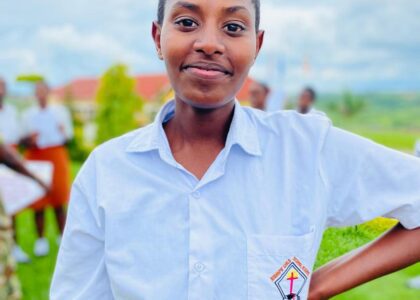Areas of Implementation: Kabarole District. | Period: 2013 to 2016
Uganda is investing heavily in promoting access to education for all its children. Over the past decade, the education budget has increased significantly yet both the learning outcomes for children and primary school retention rates, particularly for marginalized girls, are discouraging.
All girls are vulnerable; however some girls are more vulnerable than others. A recent study found that 45% of girls surveyed had vulnerability in the following categories: nutritional deficit, living in child-headed households, having to work outside the home while still attending school, or some other disability. Additionally, 26% of girls surveyed experienced severe physical or sexual violence at home or in school, and scored highly on emotional and behavioural problem measurements. Based on these statistics, we have concluded that 20% of girls are marginalized at school.
There is currently much interest in strategies that could leverage the Ministry of Education and Sports’ (MOES) on-going efforts to respond to the situation. This innovative project, designed and implemented by Joy for Children, aims to contribute to MOES’ efforts.
The current investment in education focuses primarily on developing physical infrastructure at schools. Thus there is investment in building classrooms, recruiting more teachers, and experimenting with the curriculum. However, there is virtually no investment in promoting the operational culture at school and influencing the manner in which education is delivered.
Our project responds to that gap through two interrelated activities. The Good School Toolkit, designed to influence the operational cultures of schools, is currently being used in more than 450 schools in Uganda. The Toolkit is based on a simple and intuitive equation: good school equals good teachers plus good learning environment plus responsive and progressive administration. Emphasizing practical applications, this simple formula is being presented to teachers in a creative format using colourful learning materials and processes, technical assistance, and peer support. We believe systemic solutions aimed at creating more inclusive schools are likely to be more effective in enabling marginalized girls to remain at school.
The second part of this project is based on the hypothesis that girls are marginalized, because the community undervalues their progress and does not prioritize their education. In conjunction with the Toolkit, we are encouraging community activism and launching a multimedia campaign around this issue. The public dialogue generated will create support for the views that girls are worthy of investment, their education benefits the entire community, and their achievements are as valuable as those of boys. This dialogue will be led by our community partners and supported by our experienced activism and media teams.
We believe both components will work synergistically, each amplifying the effect of the other. The resulting environment will nurture and respond to the needs of marginalized girls by creating meaningful relationships and role models, offering opportunities to invest in the learning process, influencing attitudes and behaviour at the community level, and creating new policies on their behalf.
